In winter, it is important to make sure that your pets are safe and warm outside regardless of winter. With the help, right tactics, and planning, you can make your dog warm and comfortable in the winter season. You can provide them with cozy pet houses and warm comforters to make them happy and heated in chilled weather. By taking these precautions, you can make sure that your furry friends are safe, cozy, and comfortable in harsh weather conditions. Let’s explore “how do you keep outside dogs warm in the winter“?
Key Takeaways
- Ensure your outside dog has a warm and secure house shelter by providing adequate insulation and protection from the elements.
- Keep your dog warm and comfortable by providing cozy bedding, jackets, and heated water bowls during the winter months.
- Maintain your dog’s hydration and nutrition by checking water sources regularly for freezing and adjusting their diet to accommodate for increased energy needs in the cold.
- Exercise your dog safely in the winter by avoiding icy areas, using protective paw balms, and monitoring their outdoor time to prevent frostbite or hypothermia.
- Additional tips for winter wellness include regular health check-ups, grooming to maintain a healthy coat, and being mindful of signs of discomfort or cold-related health issues.
- By following these actionable steps and recommendations, you can ensure that your outside dog stays warm, healthy, and safe during the winter season.
Creating a Warm and Secure Shelter

Importance of a Doghouse (Mention Size and Insulation)
A doghouse is essential for outdoor dogs in winter, providing protection from the cold. The size of the house should be spacious enough for the dog to stand up and turn around comfortably. Insulation is crucial to retain heat inside, keeping the dog warm.
I believe that my experience taught me that a well-insulated doghouse can make a significant difference in keeping your furry friend cozy during chilly nights. I always ensure the size of the shelter allows my dog to move freely inside without feeling cramped.
Ideal Location for the Doghouse (Sheltered, South-Facing)
Placing the doghouse in a sheltered area shields it from harsh winds and precipitation. A south-facing orientation maximizes exposure to sunlight, providing natural warmth throughout the day. This location ensures that the house remains dry and comfortable for your pet.
From my own trials, I found that positioning the doghouse in a sheltered spot with a south-facing entrance not only protects it from extreme weather conditions but also offers ample sunlight for extra warmth. It’s important to consider these factors when setting up your pet’s shelter.
Doorway Daft Defense (Flap Door or Fabric)
To prevent drafts from entering the doghouse, installing a flap door or using thick fabric as an alternative barrier is effective. These options help seal off the entrance, trapping heat inside and maintaining a cozy environment for your outdoor companion.
In my experience, adding a simple flap door or hanging heavy fabric over the entrance of the doghouse significantly reduced drafts and kept my pet warm during cold spells. This small adjustment can make a big difference in ensuring your furry friend’s comfort during winter.
Providing Warmth and Comfort
Proper Bedding (Straw or Commercially Available Options)
When it comes to keeping outside dogs warm in the winter, providing proper bedding is crucial. Straw is an excellent insulator that can help retain body heat. It creates a barrier between the dog and the cold ground, preventing heat loss.
There are commercially available options like dog-specific blankets designed to provide extra warmth. These blankets are made from materials that trap heat effectively, ensuring your furry friend stays cozy during chilly nights. Ensuring your dog has a comfortable place to rest is essential for their well-being.
Self-Warming Beds (Mention Electrical Safety if Applicable)
Self-warming beds are another great way to keep your outdoor dog warm in winter. These beds are designed to reflect the dog’s body heat back to them, providing a cozy environment. They are especially useful for older dogs or those with joint issues.
It’s important to consider electrical safety when using self-warming beds. Make sure the bed is in good condition with no exposed wires, and always follow the manufacturer’s instructions for safe use. Personal tip: I always unplug the bed when not in use to prevent any accidents.
Dog Coats for Certain Breeds
For certain breeds with short fur or low body fat, such as Chihuahuas or Greyhounds, wearing a coat can provide additional warmth during winter. These coats act as an extra layer of insulation, helping to retain body heat and protect against harsh temperatures.
When choosing a coat for your dog, consider their fur type and how much coverage they need. Breeds with thinner fur may require a thicker coat, while those with denser fur may only need a light jacket for added warmth. Remember, every dog is unique, so find a coat that suits your furry companion best.
Maintaining Hydration and Nutrition
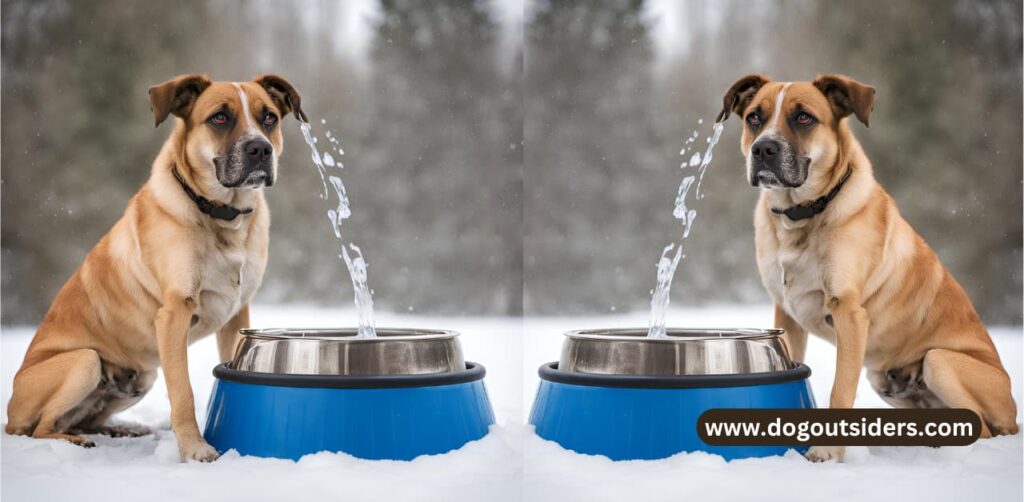
Importance of fresh, unfrozen water (heated or insulated bowls)
Dogs need fresh, unfrozen water accessible at all times, especially during winter. Providing heated or insulated bowls can prevent water from freezing.
Ensuring a constant supply of water is crucial for dogs to stay hydrated and maintain overall health. Dehydration can lead to various health issues. In colder temperatures, dogs may not drink as much water if it’s too cold or frozen. Heated bowls can entice them to drink more frequently.
Adjusting Food Intake for Winter
During winter, dogs may burn more calories to stay warm. Consider increasing their food intake with higher-calorie meals or larger portions.
Adequate nutrition is essential for maintaining a dog’s energy levels in the cold weather. Consult with a veterinarian to determine the appropriate diet adjustments.
Remember that each dog is unique, so individual dietary needs may vary based on factors like age, breed, size, and activity level.
In my experience, my outdoor dog thrives on a diet rich in protein and healthy fats during the winter months. I often provide warm meals to keep him satisfied and warm.
Adjusting the feeding schedule can also help regulate your dog’s body temperature. Offering smaller, frequent meals throughout the day can aid in digestion and sustain energy levels.
Exercise and Safety Precautions
Limited Outdoor Time During Extreme Cold (Shorter, More Frequent Walks)
When it comes to keeping outside dogs warm in the winter, limiting their outdoor time is crucial. Shorter, more frequent walks help prevent excessive exposure to the cold. It reduces the risk of hypothermia and keeps them safe.
To ensure your dog’s safety, consider taking them out for brief walks multiple times a day. This approach minimizes their exposure to harsh weather conditions, reducing the chances of them getting too cold. Providing this level of care helps maintain their well-being during the winter months.
Paw Protection (Booties for Walks, Wiping Paws After)
Protecting your dog’s paws is essential when they are outdoors in cold weather. Consider using booties to shield their paws from ice and salt on roads. After walks, wipe their paws to remove any harmful substances that could cause irritation or discomfort. This simple practice helps prevent injuries and keeps their paws healthy.

I always make sure to put booties on my dog before heading out for a walk in winter. It’s a small but effective way to protect their sensitive paw pads from freezing temperatures and abrasive surfaces. Wiping their paws after each walk removes any potential irritants, ensuring their comfort and well-being.
Signs of Hypothermia (Shivering, Lethargy, Glazed Eyes) and Seeking Vet Care
Knowing the signs of hypothermia is vital for every pet owner during the winter season. Watch out for shivering, lethargy, and glazed eyes, as these are common indicators of hypothermia in dogs. If you notice these symptoms, seek immediate veterinary care to address the issue promptly.
If I notice my dog shivering excessively or displaying unusual lethargy during winter outings, I immediately contact my vet for guidance. Recognizing these signs early on can help prevent serious health complications due to hypothermia. Seeking professional assistance ensures that my furry companion receives the necessary treatment without delay.
Additional Tips for Winter Wellness
Regular Veterinary Checkups
Ensuring regular veterinary checkups for your outdoor dog is crucial during the winter months. Veterinary visits can help monitor your dog’s health and address any issues promptly. It’s essential to keep track of their body condition and ensure they are maintaining a healthy weight.
Regular veterinary checkups also allow for preventive care measures, such as vaccinations and parasite control. These visits can help detect any health concerns early on and prevent them from escalating. Your vet can provide advice on winter care specific to your dog’s breed and age.
Importance of Social Interaction (Indoor Playtime)
Indoor playtime is vital for keeping your outside dog warm in the winter. Providing social interaction through play helps stimulate their mind and keep them active. Interactive toys or games like tug-of-war can provide mental stimulation while keeping them warm indoors.
Engaging in indoor activities like hide-and-seek or training sessions can strengthen the bond between you and your dog. This not only provides physical exercise but also fulfills their need for companionship and mental stimulation. Remember, a tired pup is a happy pup, so make sure to include plenty of indoor playtimes during the colder months.
Responsible Neighborliness (Leash Use, Barking Control)
Being a responsible neighbor includes using a leash when walking your dog outdoors in winter. A leash ensures their safety around icy surfaces and prevents them from running off into hazardous areas. Properly securing your dog with a leash also helps prevent accidents with other pets or people in the neighborhood.
Controlling excessive barking is another aspect of responsible neighborliness during winter. Excessive barking can disturb neighbors, especially when spending more time indoors due to cold weather. Training techniques and positive reinforcement can help curb excessive barking behavior. Remember, being considerate towards your neighbors fosters a harmonious community environment.
Conclusion:
Ensuring your outdoor furry friend stays warm during winter is vital. From a cozy shelter to proper nutrition, every detail counts in keeping them safe and snug. Remember, hydration matters just as much in the cold. Regular exercise and safety checks are non-negotiable for their well-being. Lastly, those extra tips might just be the cherry on top for a happy pup this winter.
Use these tips to ensure your outdoor dog stays warm in the winter. Putting in a little effort can go a long way in keeping them cozy and well during the cold season. Your furry friend will show their gratitude with wagging tails and lots of love!
FAQ’s:
To create a warm and secure shelter, use insulated materials like straw or blankets, ensure the shelter is elevated off the ground, and provide a windbreak. Add a door flap to trap heat inside and regularly check for any drafts or leaks.
Provide warm bedding like blankets or heated pads, dress your dog in a sweater or coat, and consider using a heated water bowl to prevent freezing. Allow your dog indoors during extreme cold weather for added warmth.
Ensure your dog has access to fresh, unfrozen water at all times. Increase their food intake as they burn more calories to stay warm. Consider feeding them high-quality food rich in nutrients to support their immune system during the cold season.
Engage your dog in short indoor play sessions or brisk walks when it’s not too cold. Avoid outdoor activities during extreme weather conditions. Use reflective gear on your dog’s collar and leash for visibility, and check their paws for ice accumulation after walks.
Regularly check your dog’s paws for signs of frostbite or injury. Groom them regularly to maintain their coat’s insulation properties. Keep an eye out for signs of hypothermia such as shivering, lethargy, or disorientation, and seek veterinary care if needed.


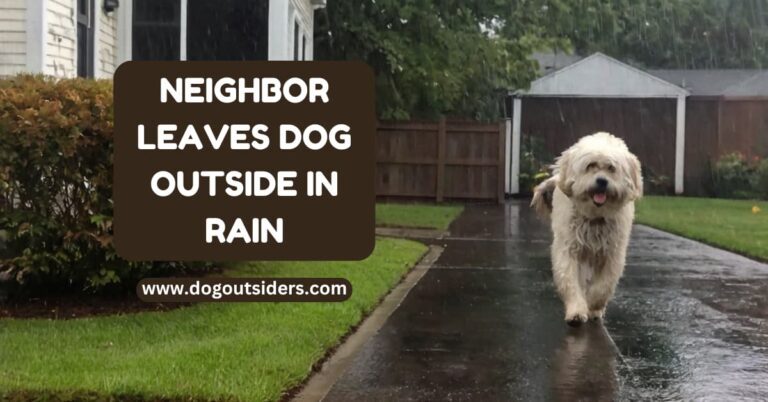
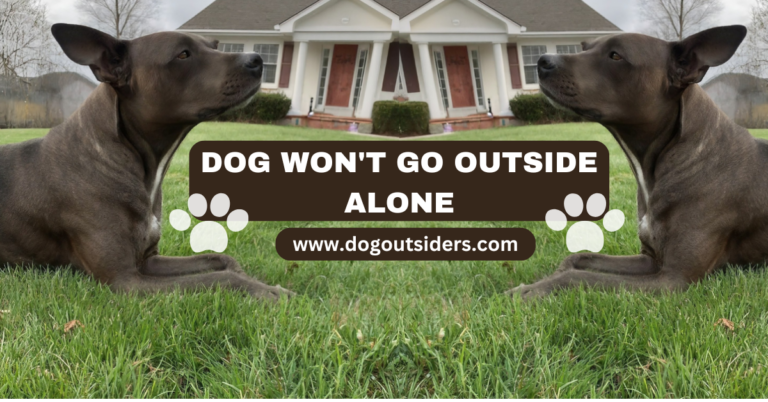

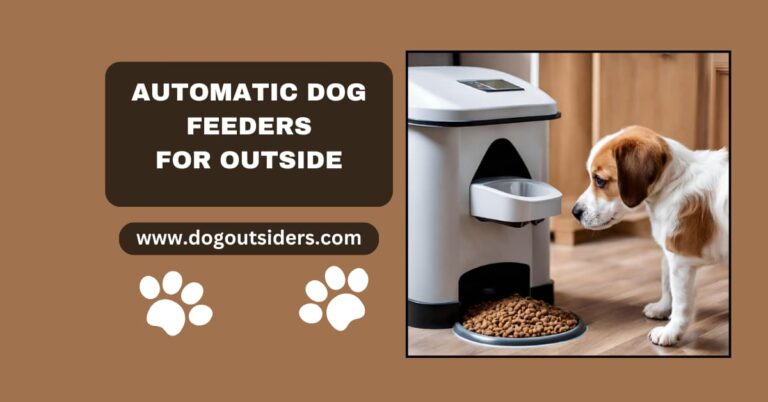
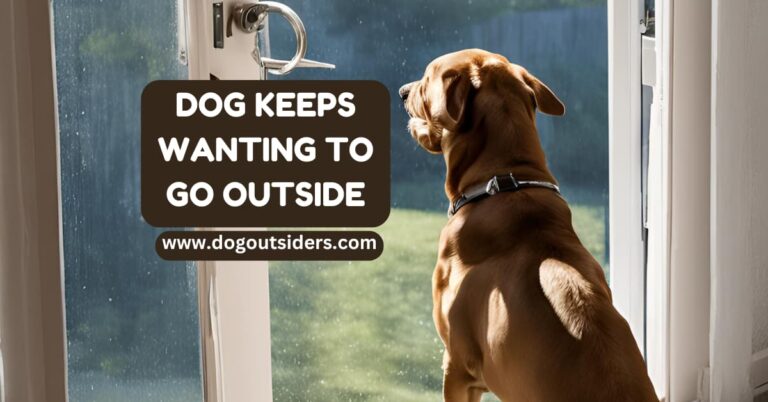
One Comment